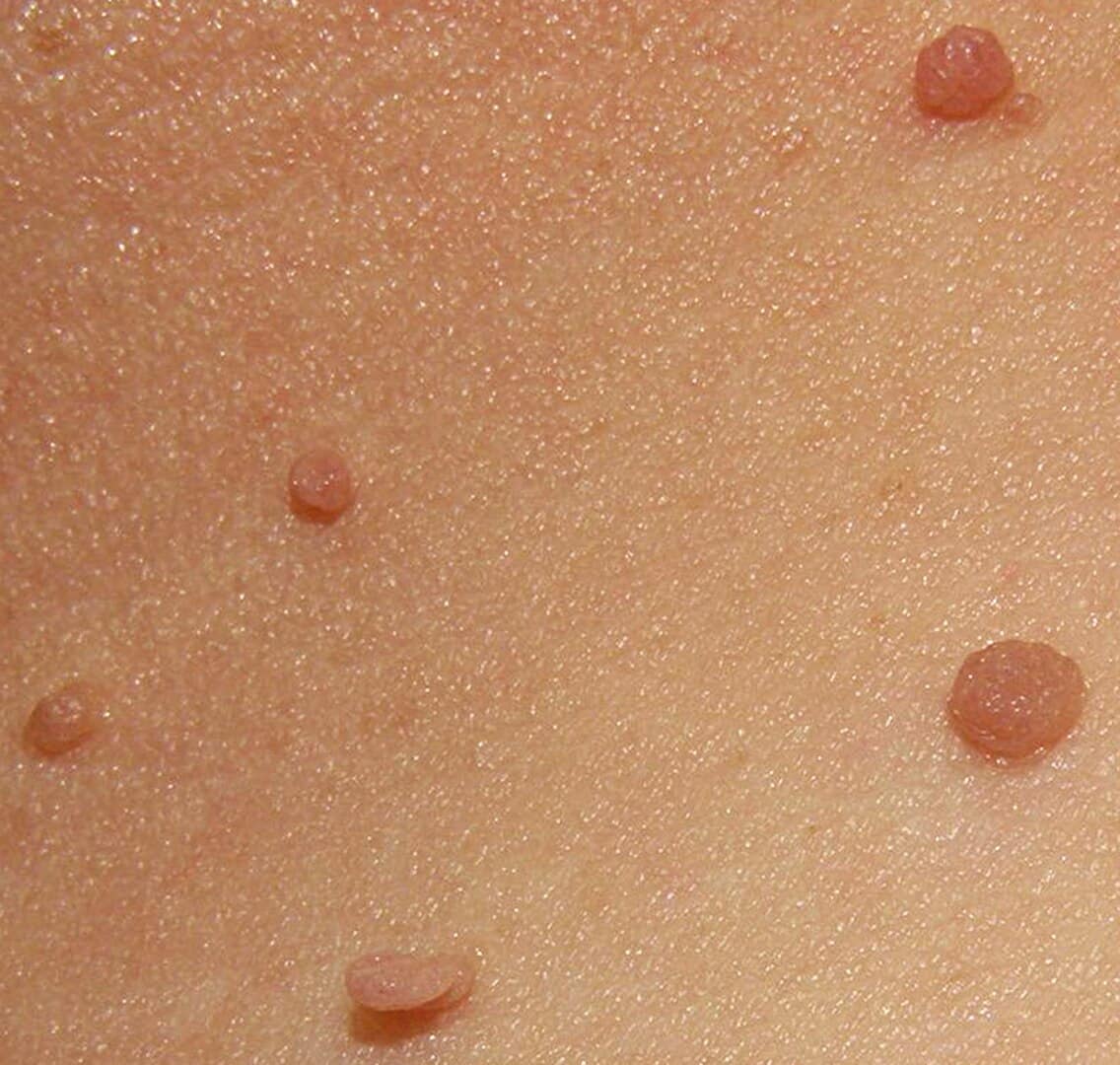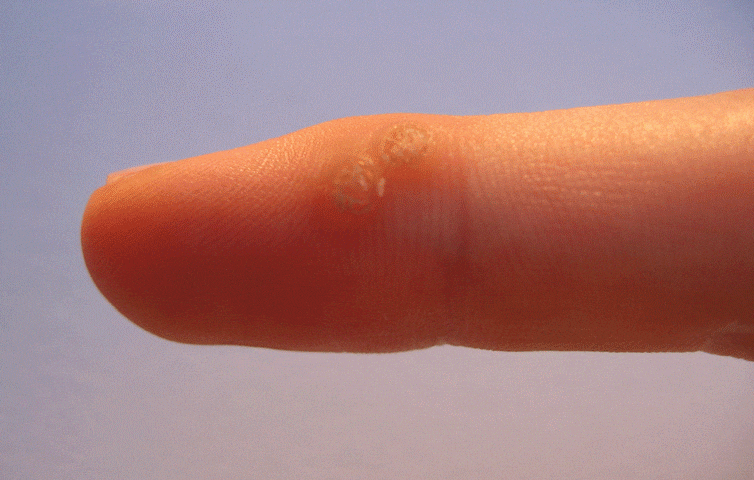Whether it’s age spots, moles, skin tags, warts, or blackheads, many find these common issues undesirable. While doctors and dermatologists can offer various treatments, natural skincare solutions are often just as effective, with fewer side effects and a lower cost. Here’s how you can manage these skin concerns using natural remedies.
Age Spots and Hyperpigmentation

As we age, the sun’s harmful UV rays can lead to hyperpigmentation, commonly known as age spots. These dark patches result from accumulated sun damage over time. Preventing these spots by using sunscreen with at least SPF 30 and sun-protective clothing is crucial, but natural remedies can help reduce them once they appear.
- Apple Cider Vinegar (ACV): Dilute ACV with water and apply to dark spots. Acetic acid can help lighten pigmentation.
- Aloe Vera: The aloin compound in aloe vera can reduce pigmentation. Apply before bed and rinse off in the morning.
- Green Tea Extract: Proven to reduce pigmentation, use green tea extract following the product’s instructions.
- Black Tea: Although only tested on animals, soaking black tea leaves and applying them to the skin may help lighten spots.
- Licorice Extract: Look for licorice-based creams, as the extract is known to reduce sun-induced pigmentation.
- Orchid Extracts: Products containing orchid extracts, like masks or creams, can reduce the size and appearance of age spots.
- Lactic Acid Peels: Lactic acid is a gentle exfoliant that lightens dark spots but should be followed by sunscreen use.
Other options, such as retinol-based products or professional treatments like microdermabrasion and laser therapy, can also be explored if natural remedies are not effective.
Skin Tags

Skin tags are small, harmless growths that often appear in skin folds like the neck or armpits. They are caused by collagen fibers lodging in thicker skin areas. If you’d like to remove them, some natural remedies can help but never attempt to cut them off yourself.
- Tea Tree Oil: Known for its antifungal properties, dilute tea tree oil in a carrier oil and apply it to the skin tag before bed. Continue until the tag falls off.
- At-Home Freezing Kits: Cryotherapy kits are available for home use. Follow the instructions, and if they don’t work, consult a doctor.
Monitor the skin carefully when using these methods, and discontinue use if irritation occurs.
Warts

Warts, caused by the human papillomavirus (HPV), are generally harmless but can be contagious and unsightly. While doctors may recommend treatments like freezing or laser surgery, natural remedies may help reduce them at home.
- Apple Cider Vinegar (ACV): The acetic acid in ACV can help burn off warts, but be sure to dilute it before use.
- Bee Propolis: Propolis has antiviral properties and can help promote skin cell regeneration. Apply it to the wart and cover it overnight.
- Duct Tape: Cover the wart with duct tape for several days, then remove it, soak the area, and exfoliate. Repeat until the wart disappears.
Natural wart treatments should only be used on non-genital warts. Consult a doctor for more serious cases.
Blackheads

Blackheads are the most common form of acne, typically appearing on the oily “T-zone” of the face. Squeezing them is not recommended, but there are many safe and effective ways to treat them naturally.
- Salicylic Acid: This ingredient breaks down dead skin cells and excess oil, reducing blackheads.
- AHAs and BHAs: These exfoliating acids help unclog pores, but be sure to exfoliate only twice a week.
- Topical Retinoids: Retinoids help clear clogged pores but may irritate sensitive skin.
- Clay Masks: These draw out oils and toxins, helping to prevent clogged pores.
- Charcoal Masks: Charcoal is another great option for drawing out impurities from deep within the pores.
- Baking Soda: Create a gentle exfoliating paste with baking soda and water to remove dead skin cells.
Always patch-test new skincare products, as everyone’s skin reacts differently. Avoid harsh treatments like pore strips, which can damage the skin.
Natural remedies can be an effective first step in treating common skin issues. However, always be mindful of your skin’s reaction and consult a professional if necessary.
